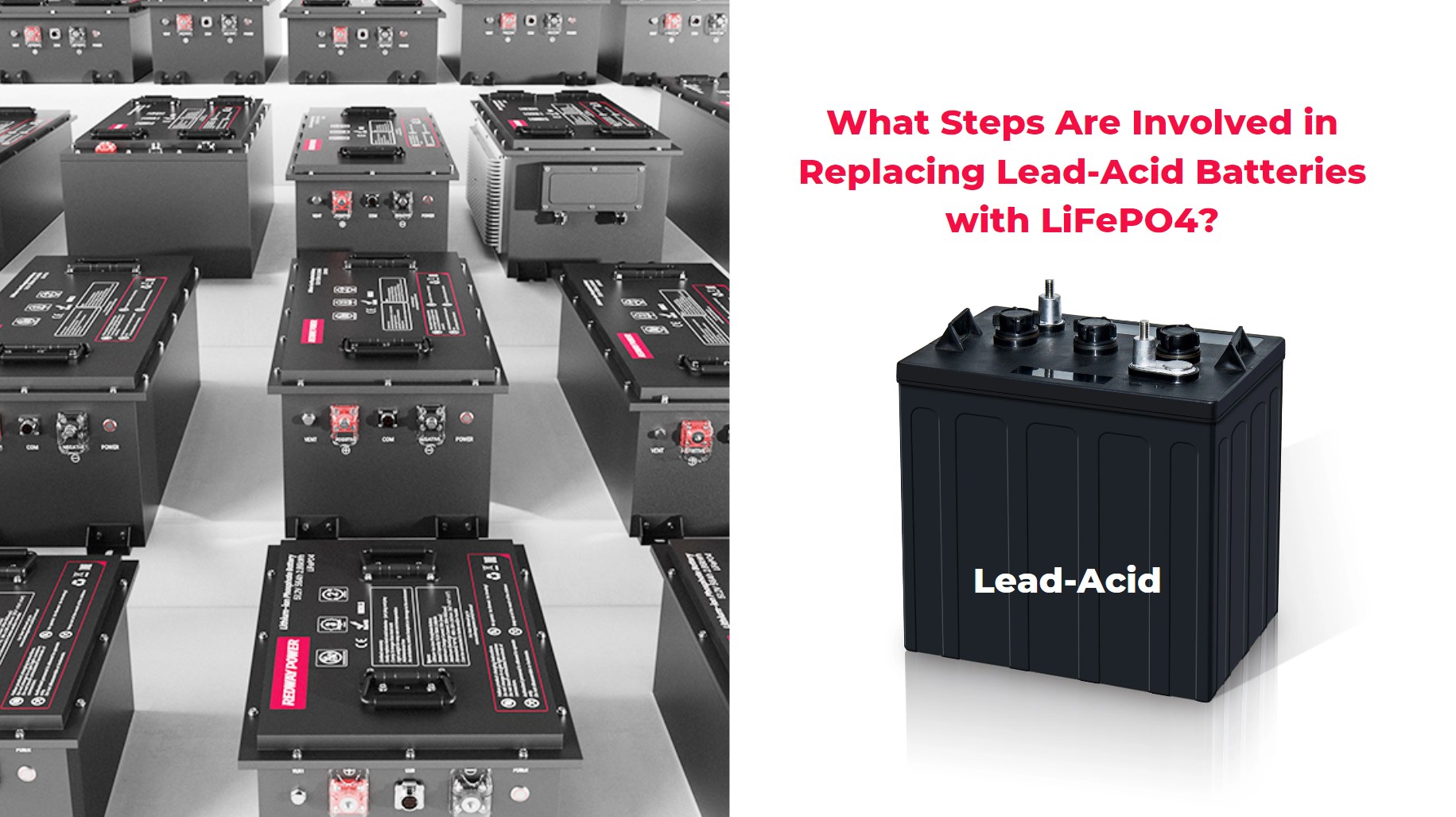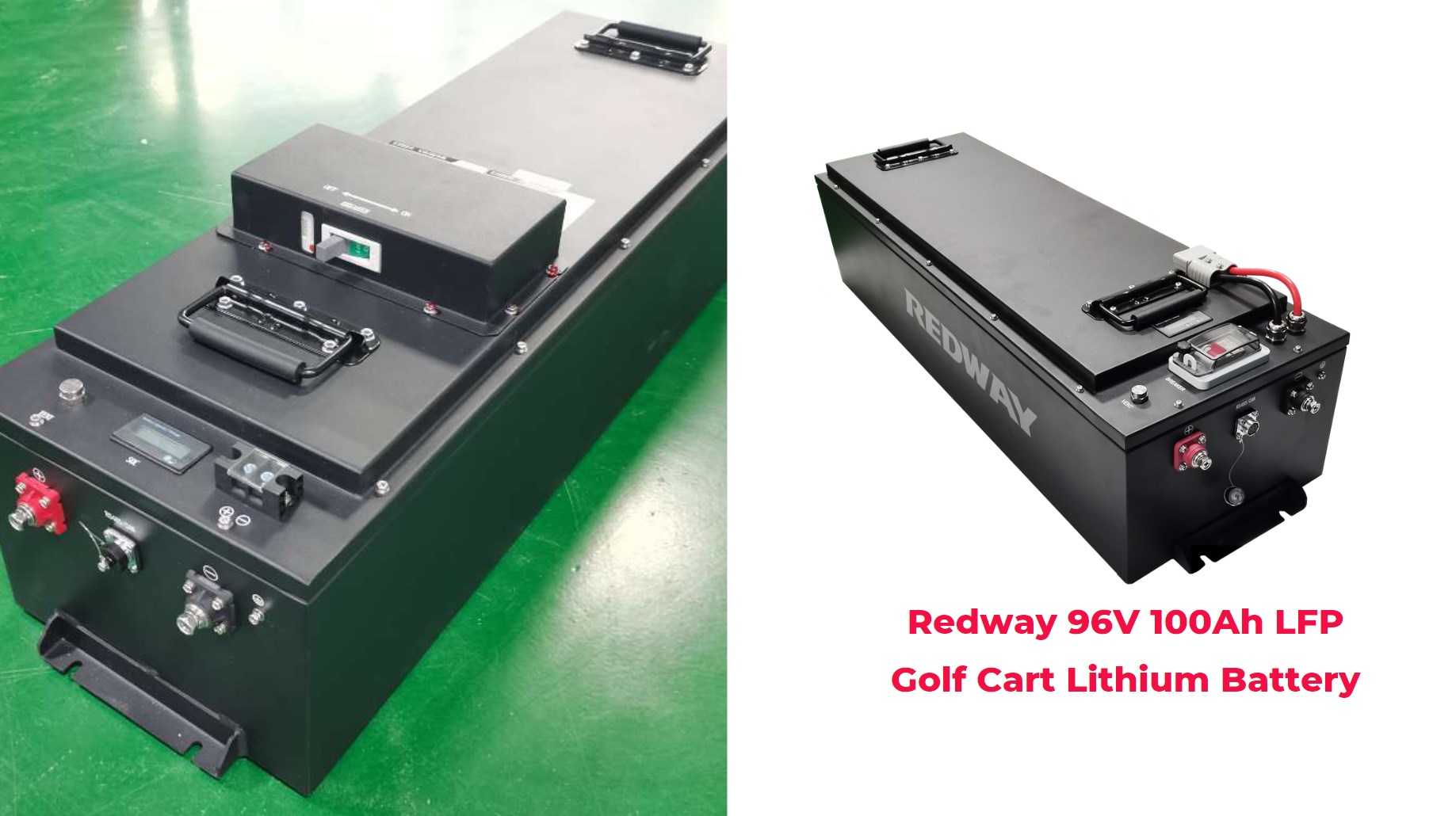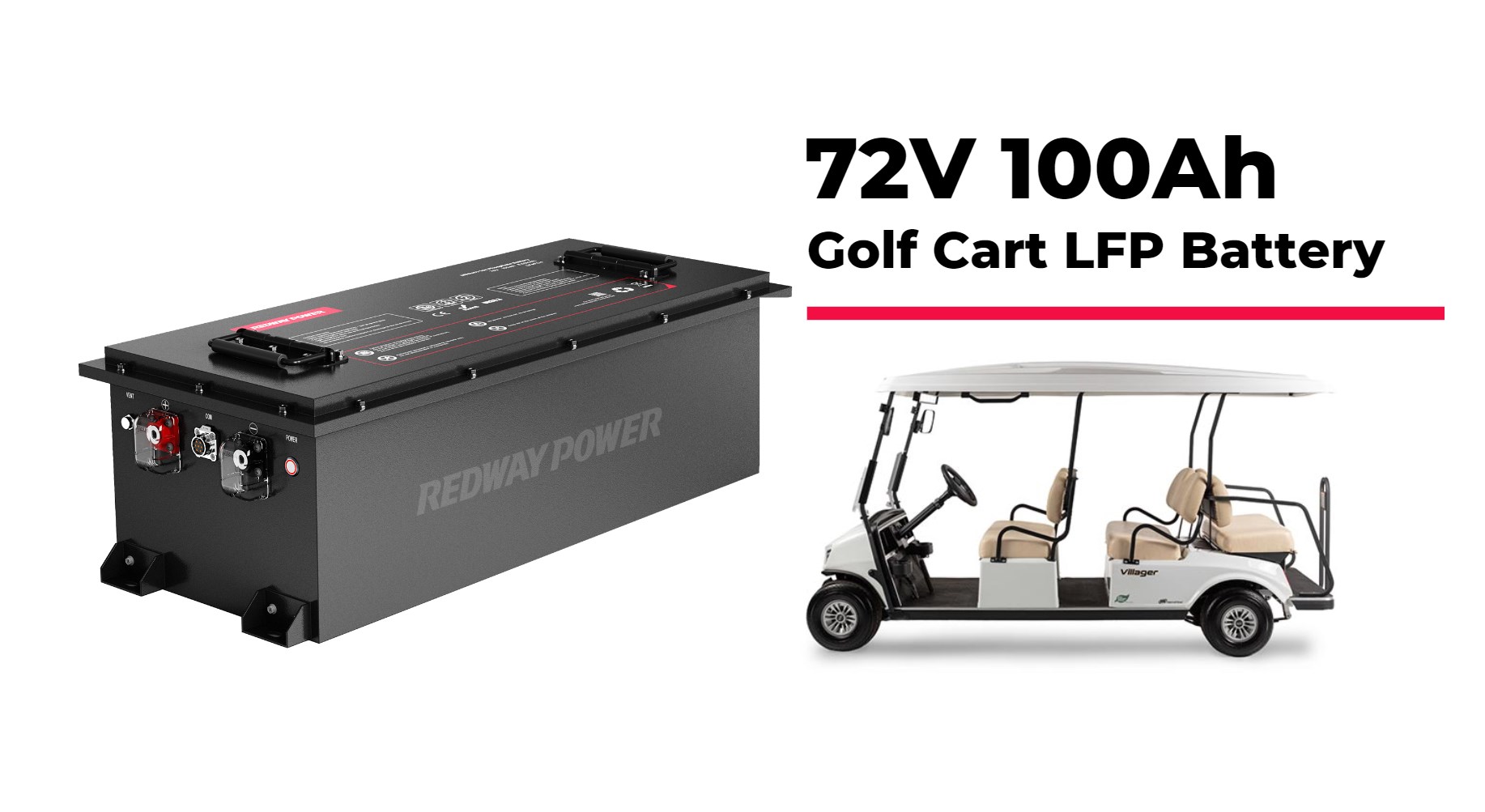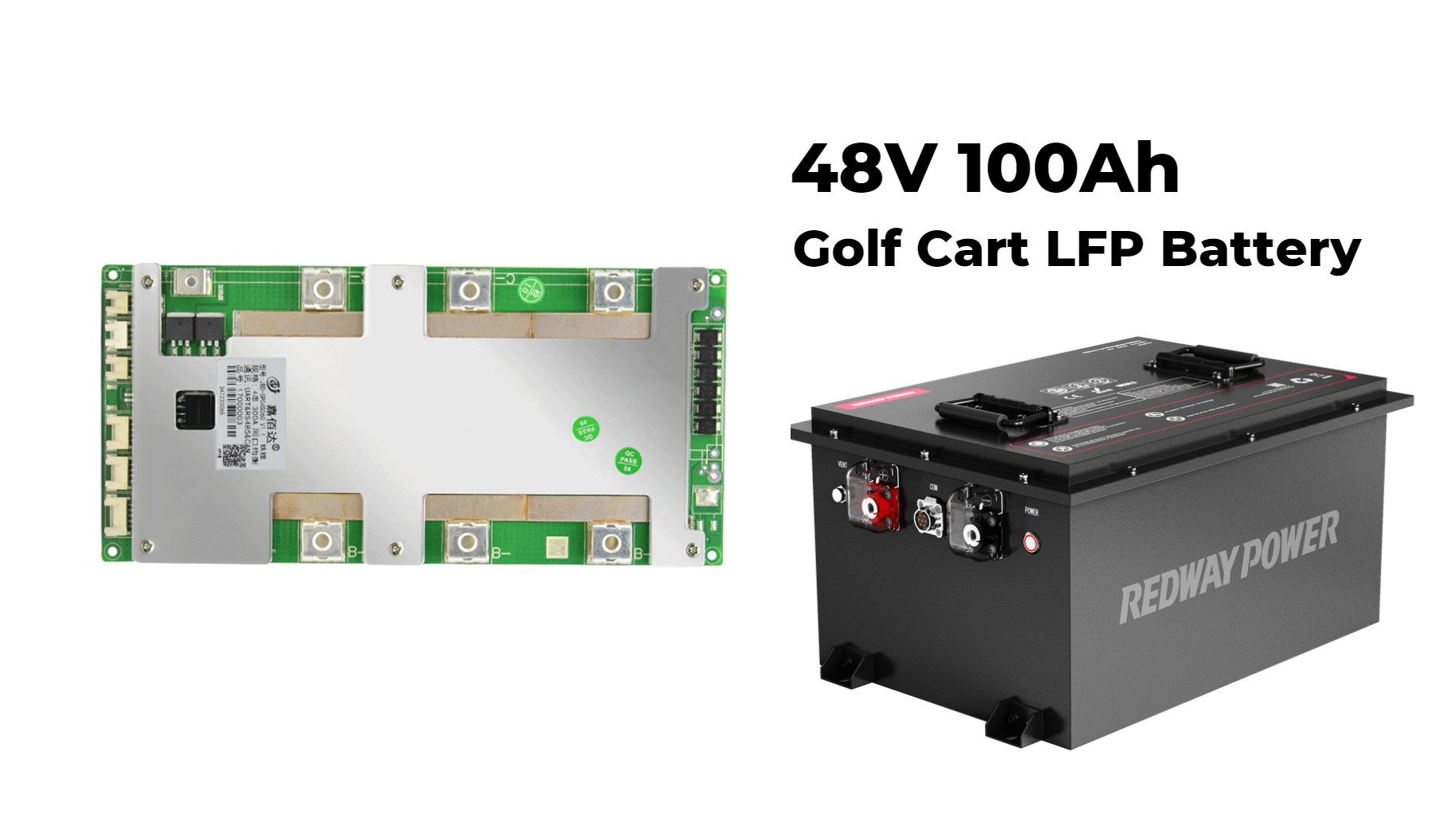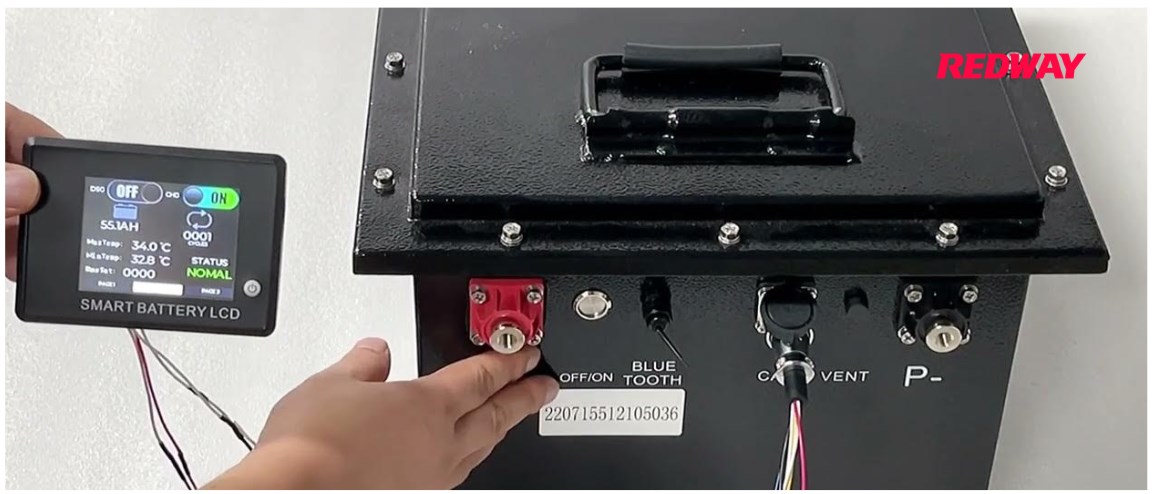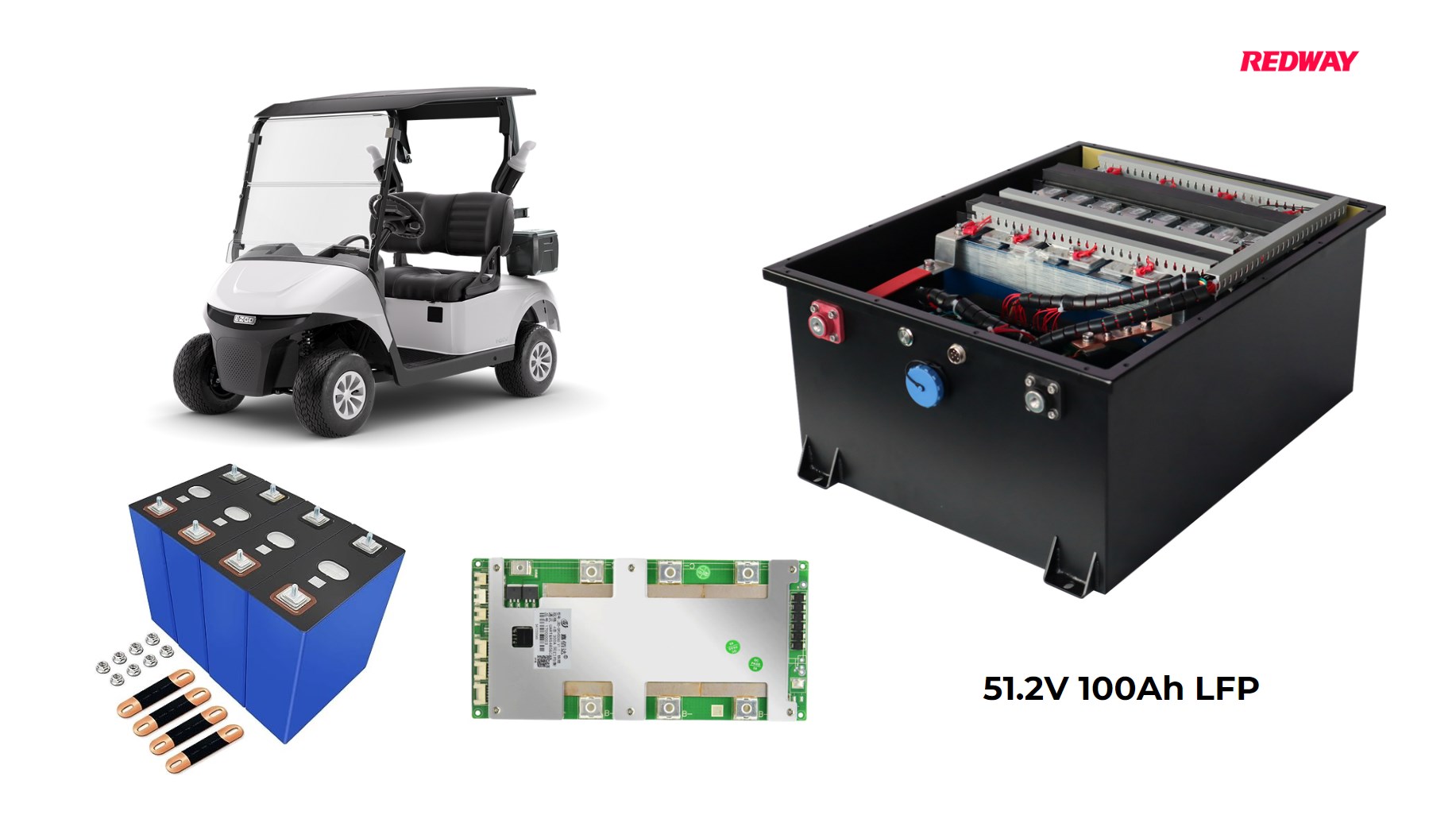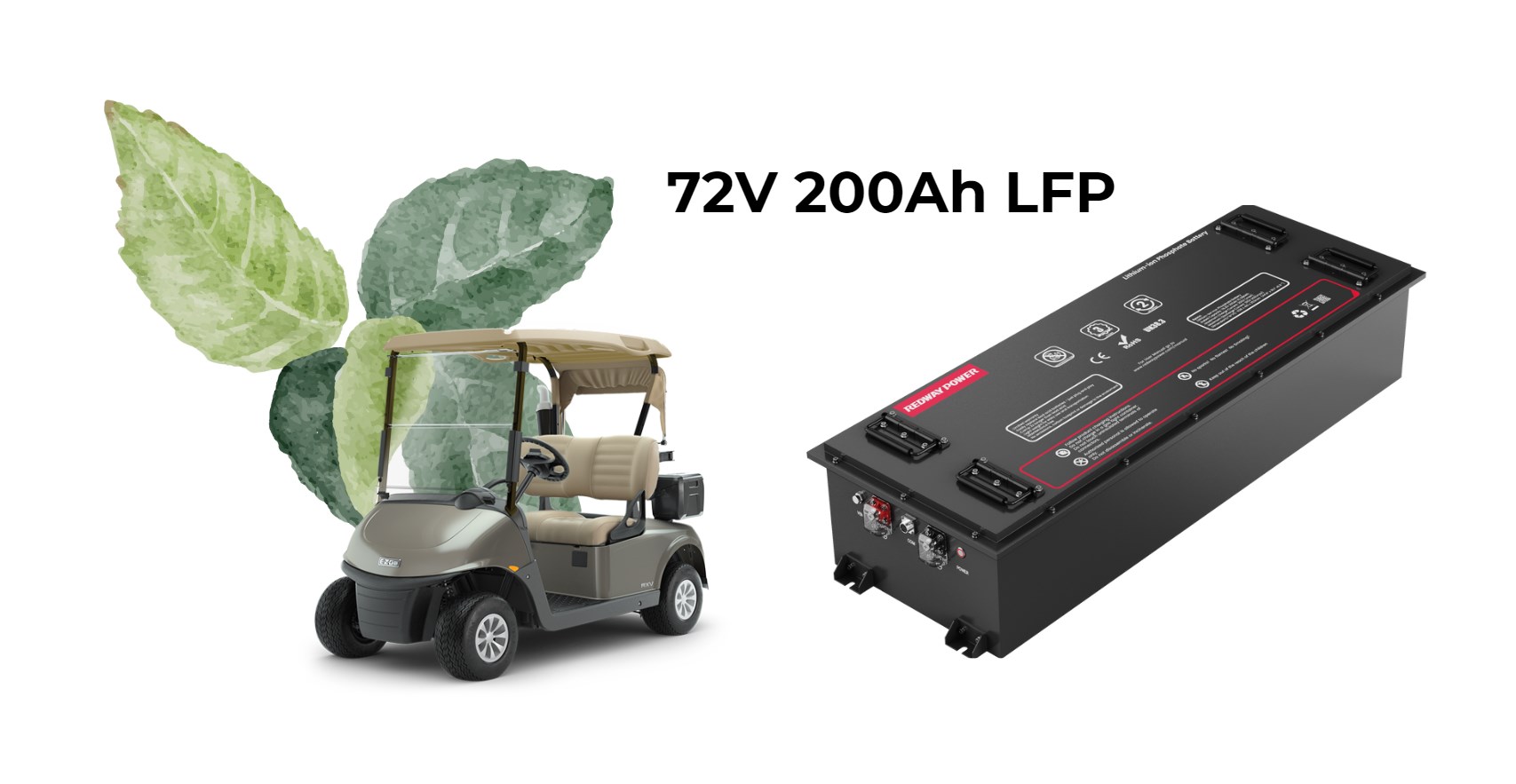What is the Carbon Footprint of LiFePO4 Batteries Compared to Lead-Acid?
Lithium iron phosphate (LiFePO4) batteries have a lower carbon footprint than lead-acid batteries due to their longer lifespan and fewer replacements needed. This means less energy and resources are consumed over time, making them a more sustainable choice.
What Is the Carbon Footprint of LiFePO4 Batteries?
The carbon footprint of LiFePO4 batteries is generally low because they use less harmful materials and have a longer lifespan. Their efficient manufacturing processes and recyclability further reduce their overall environmental impact.
How Do LiFePO4 Batteries Compare to Lead-Acid Batteries?
LiFePO4 batteries outperform lead-acid batteries in terms of carbon footprint, lifespan, and efficiency. They last up to 10 times longer, require less maintenance, and do not contain toxic materials like lead, making them more environmentally friendly.
What Materials Contribute to the Carbon Footprint of LiFePO4 Batteries?
Materials like lithium, iron, and phosphate contribute to the carbon footprint of LiFePO4 batteries. However, these materials are less harmful to the environment compared to lead used in lead-acid batteries.
- Lithium: Sourced through mining processes that can have environmental impacts.
- Iron: Generally has a lower environmental cost compared to other metals.
- Phosphate: Widely used in fertilizers and has relatively low toxicity.
How Does the Manufacturing Process Affect Carbon Emissions?
The manufacturing process for LiFePO4 batteries typically involves less energy-intensive methods compared to lead-acid battery production, which requires significant energy for smelting lead and processing sulfuric acid. Consequently, this difference results in lower overall carbon emissions during production.
Know More:
How Recyclable Are LiFePO4 Golf Cart Batteries?
How Do LiFePO4 Batteries Contribute to Sustainable Golfing Practices?
What Environmental Impact Do LiFePO4 Golf Cart Batteries Have?
What is the Carbon Footprint of LiFePO4 Batteries Compared to Lead-Acid?
What Are the Environmental Benefits of Using LiFePO4 Batteries?
Environmental benefits of using LiFePO4 batteries include reduced waste due to their long lifespan, lower toxicity compared to lead-acid batteries, and their ability to be recycled efficiently, minimizing ecological harm.
- Reduced reliance on toxic materials like lead.
- Longer lifespan leads to less waste generated over time.
- Higher efficiency means more energy is utilized effectively, reducing overall consumption.
How Does Recycling Impact the Carbon Footprint of LiFePO4 Batteries?
Recycling LiFePO4 batteries can significantly reduce their carbon footprint by recovering valuable materials for reuse, which lessens the need for new raw materials and decreases emissions associated with production.
What Regulations Influence Battery Production and Sustainability?
Regulations regarding battery production focus on reducing environmental impact and promoting sustainability. These include guidelines on material sourcing, emissions standards during manufacturing, and safe disposal practices for old batteries.
What Are the Economic Implications of Choosing LiFePO4 Over Lead-Acid?
Choosing LiFePO4 over lead-acid can lead to long-term economic benefits due to lower maintenance costs, fewer replacements needed, and greater efficiency in energy use, ultimately saving money over time.
How Do Market Trends Affect Battery Sustainability?
Market trends that favor renewable energy solutions increase demand for sustainable battery technologies like LiFePO4. This drives innovation in production methods and recycling processes, enhancing overall sustainability in the battery industry.
What Innovations Are Emerging in Battery Production for Lower Emissions?
Emerging innovations in battery production include new recycling technologies that reduce emissions, improved manufacturing processes that use less energy, and advancements in material science that enhance sustainability while maintaining performance.
- Development of new materials that reduce dependency on scarce resources.
- Advances in recycling technology aimed at improving recovery rates and minimizing emissions during processing.
- Research into more efficient manufacturing techniques that lower energy consumption.
Expert Views
“Understanding the carbon footprint associated with different battery technologies is crucial for making sustainable choices,” states an expert from Redway. “LiFePO4 batteries not only offer superior performance but also represent a more environmentally friendly option compared to traditional lead-acid alternatives.”
Conclusion
In summary, lithium iron phosphate (LiFePO4) batteries present a significantly lower carbon footprint compared to lead-acid batteries due to their longer lifespan, higher efficiency, and reduced reliance on toxic materials. By understanding these factors, consumers can make informed decisions that align with their sustainability goals while enjoying enhanced performance from their energy storage solutions.
FAQ Section
- What is the carbon footprint of a typical LiFePO4 battery?
The carbon footprint is generally lower than that of lead-acid batteries due to longer lifespan and higher efficiency. - How do recycling practices affect battery sustainability?
Recycling helps recover valuable materials and reduces waste, significantly lowering overall environmental impact. - Are there any regulations governing battery production?
Yes, various regulations exist that dictate responsible sourcing and disposal practices aimed at minimizing environmental harm.









